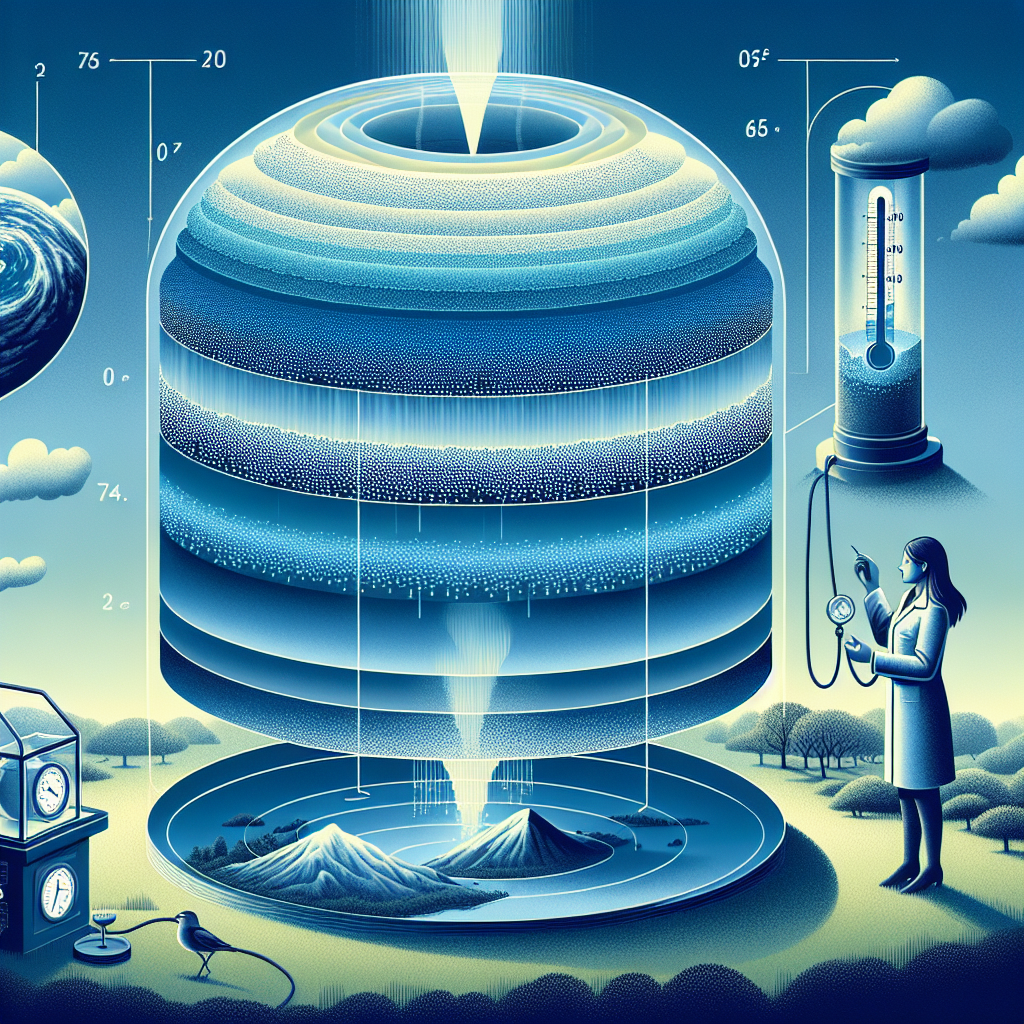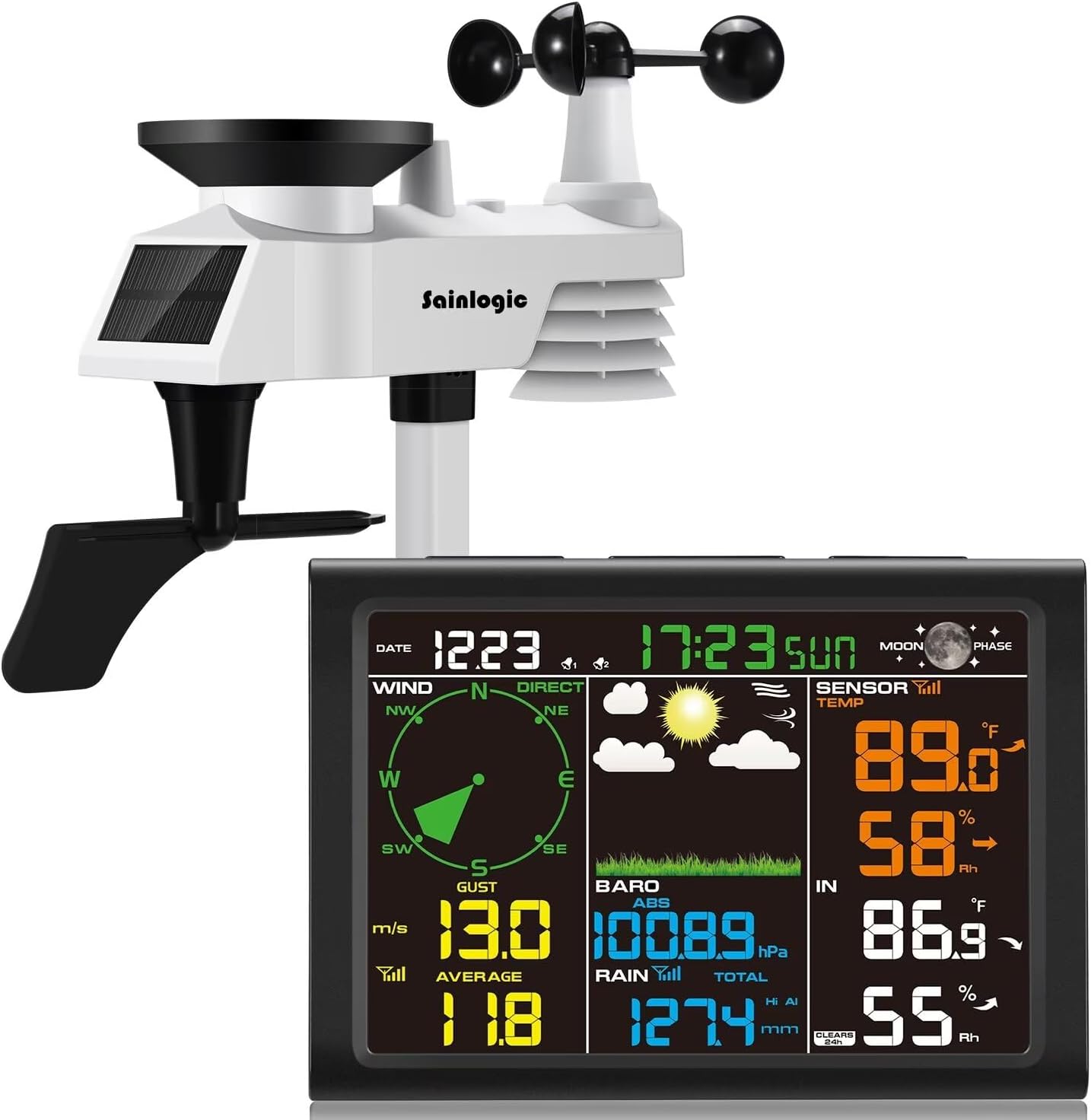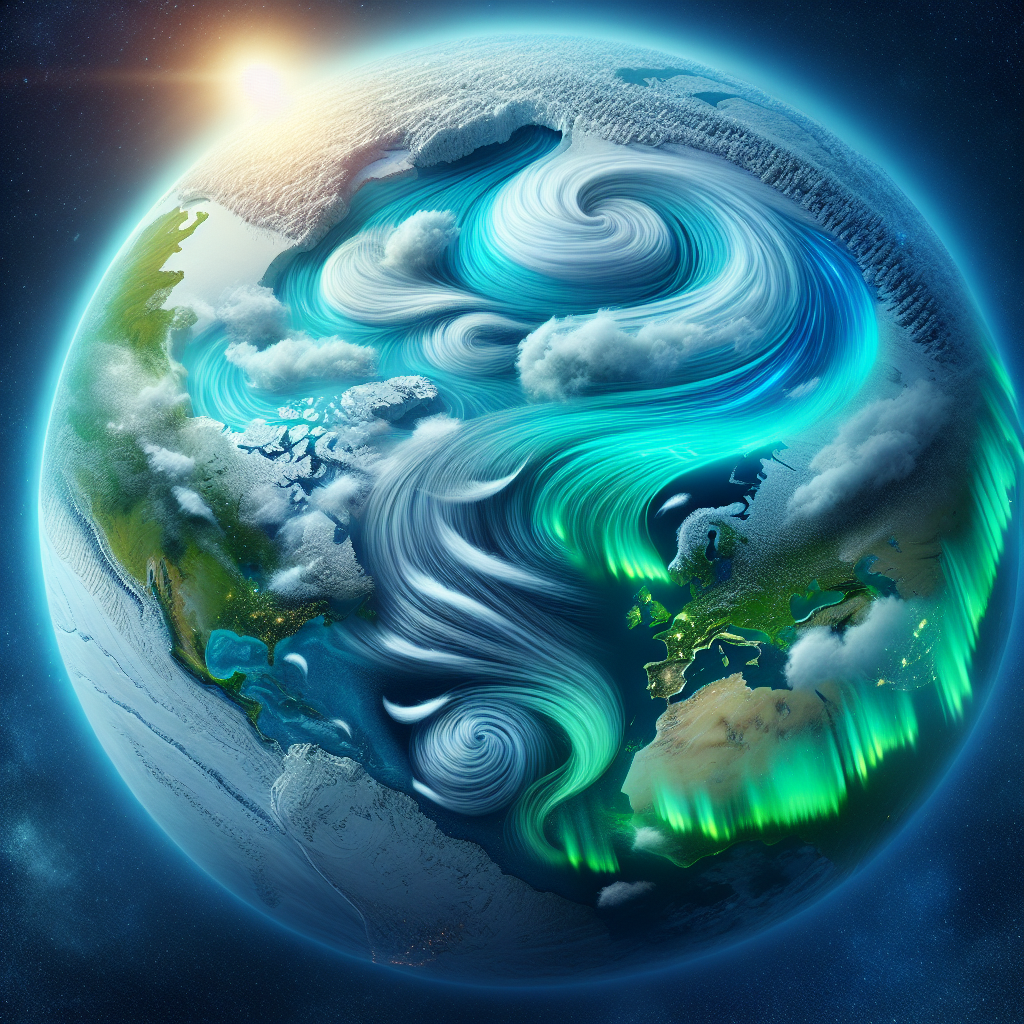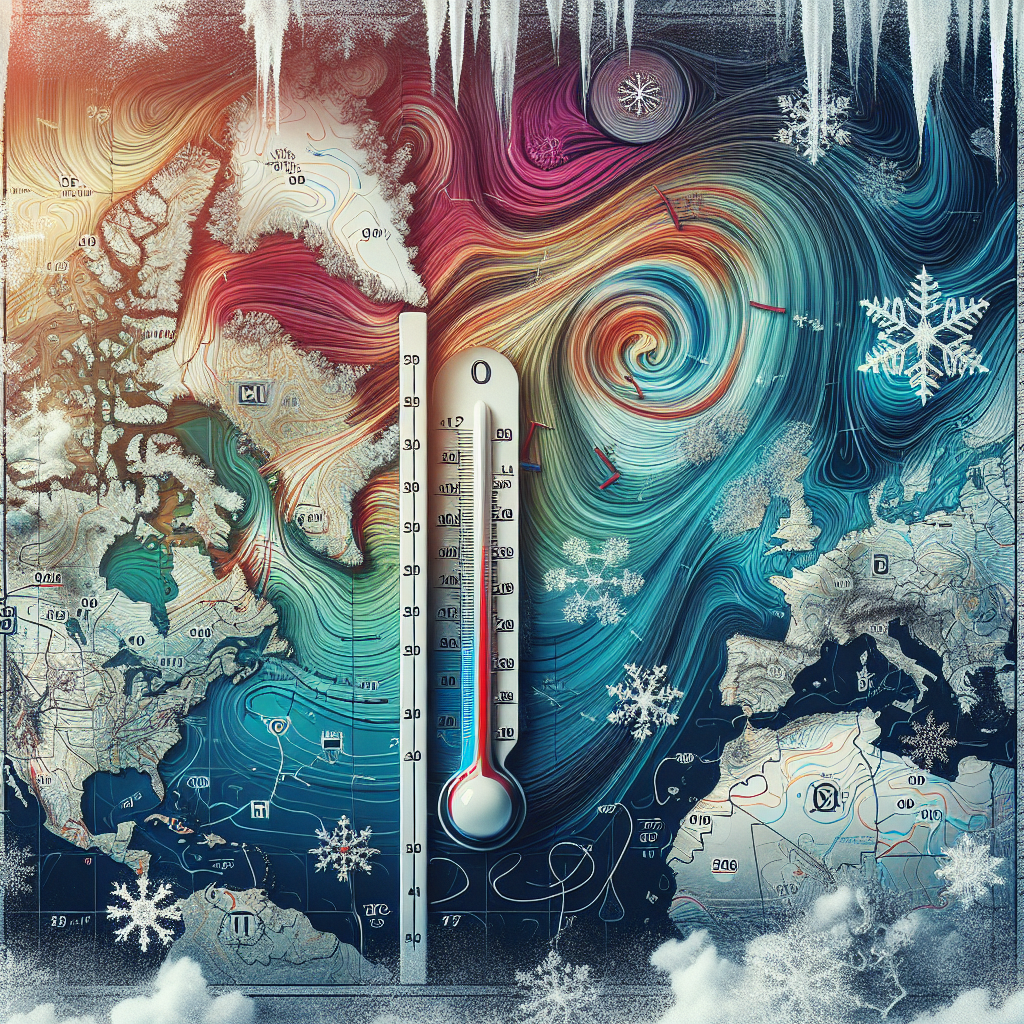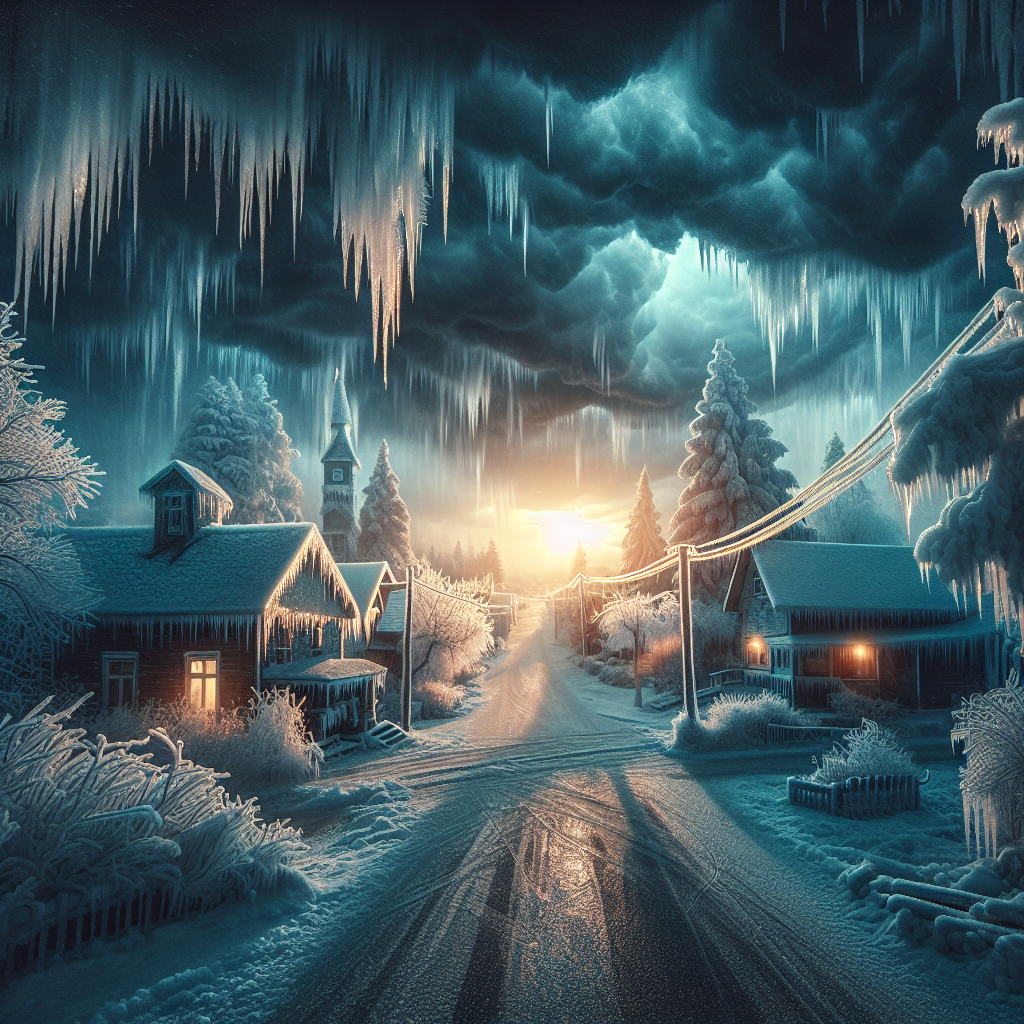Understanding Arctic Air Masses
Arctic air masses are cold and dense bodies of air originating in the polar regions. These air masses play a pivotal role in shaping winter climate patterns, influencing temperature, precipitation, and overall weather conditions in various parts of the world, particularly the Northern Hemisphere. Their characteristics and behaviors are essential for meteorologists and climatologists as they study and predict winter weather phenomena.
Characteristics of Arctic Air Masses
Arctic air masses exhibit unique features that differentiate them from other air masses. Typically, they are cold, with temperatures that can plummet below freezing. The humidity in these air masses is generally low, leading to clearer skies but often contributing to frigid wind chill factors.
Arctic air masses are subdivided into two types: Maritime Arctic (mA) and Continental Arctic (cA). The maritime variant originates over the Arctic Ocean, acquiring moisture and resulting in slightly milder temperatures. In contrast, the continental variant travels over land masses, leading to even colder and drier conditions.
Formation and Movement of Arctic Air Masses
The formation of Arctic air masses typically occurs during the winter months when the polar regions experience prolonged periods of radiational cooling. Cold air sinks, creating high-pressure systems called Anticyclones. As these systems form, they can spread southwards, moving into mid-latitude regions, where they can collide with warmer air masses, influencing local weather patterns dramatically.
The movement of these air masses is heavily influenced by the jet stream, a high-altitude band of fast-moving air that acts like a barrier between cold polar air and warmer tropical air. Shifts in the jet stream can allow Arctic air masses to spill southward, leading to severe cold spells in regions that are usually milder.
Interaction with Other Air Masses
When Arctic air masses interact with warmer, moisture-laden air masses—such as Maritime Tropical (mT) air from oceans—they can create significant weather phenomena. This interface is responsible for winter storms, including snowstorms and ice storms, due to the condensation and precipitation processes triggered by the lifting of warm air over the cold Arctic air.
This uplift leads to the formation of clouds and precipitation, resulting in heavy snowfalls in regions that may otherwise be dry under normal circumstances. The collision of these air masses can create unstable weather systems, characterized by strong winds, rapidly changing conditions, and extreme cold.
Impact on Winter Climate
The impact of Arctic air masses on winter climates extends across various geographical areas, from North America to Europe and Asia. In the United States, Arctic air masses often cause Cold Waves, leading to record low temperatures, frostbite, and other cold-related hazards. The Midwest and Northeast are particularly susceptible to Arctic invasions, experiencing significant drops in temperature and severe winter storm conditions.
In Europe, when Arctic air masses flow south, they can lead to extreme cold spells, particularly affecting northern countries. The interaction of these air masses with the Atlantic Ocean can result in substantial snowfall and blizzards across the UK and Scandinavia, creating travel disruptions and challenges for infrastructure.
Influence on Wildlife and Ecosystems
The arrival of Arctic air masses not only affects human activities but also impacts wildlife and ecosystems. Many species have adapted to cope with extreme cold, using strategies such as hibernation, migration, or altering their behavior to survive harsh winter conditions. The presence of extended cold periods can affect food availability, habitat conditions, and breeding cycles for various animals.
Vegetation is also affected by Arctic air masses. Prolonged cold temperatures can delay plant growth in the spring, impacting the entire food web. This disruption can have cascading effects, influencing everything from pollinators to herbivores, and ultimately the predators in the ecosystem.
The Role of Climate Change
With the advent of climate change, the behavior of Arctic air masses is becoming increasingly relevant. Warming temperatures in the Arctic are leading to changes in the jet stream’s patterns, affecting the frequency, intensity, and duration of Arctic air mass incursions. This has resulted in more unpredictable winter weather, with some regions experiencing warmer winters while others face extremes.
The alteration in distribution and persistence of Arctic air masses raises concerns about the potential for record-breaking cold spells in mid-latitude regions, leading to challenges in agriculture, energy consumption, and public safety.
Forecasting and Preparedness
Accurate forecasting of Arctic air masses is crucial for mitigating their impact on society. Meteorologists rely on sophisticated models that simulate atmospheric conditions to predict the movement and intensity of these air masses. Utilizing satellite imagery, weather stations, and climate models, forecasters can assess the development of Arctic air masses and their potential trajectory.
Preparedness plans, including winter weather advisories and emergency services readiness, play a critical role in minimizing the impact of sudden cold snaps and associated winter storms. Community awareness and education can empower individuals to take proactive measures to safeguard against the harsh realities that these Arctic air masses can impose.
Concluding Thoughts on the Role of Arctic Air Masses
Arctic air masses are a fundamental component of the winter climate system. Their cold, dense characteristics, interaction with other air masses, and significant influence on weather and ecosystems underscore their importance in climatology. As climate change continues to affect global weather patterns, understanding the dynamics of Arctic air masses will be integral to predicting and preparing for future winter climates.


